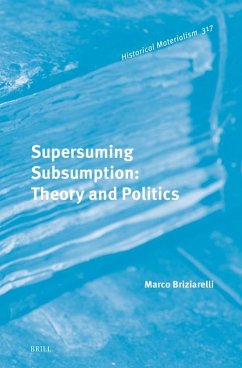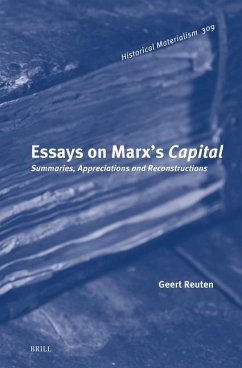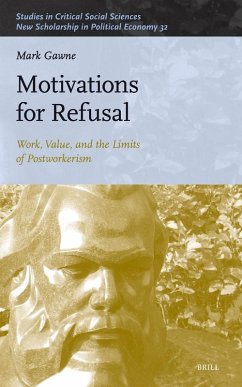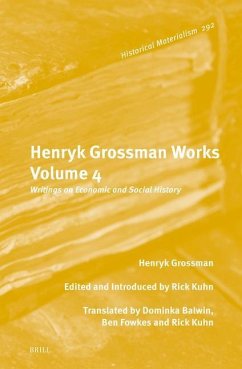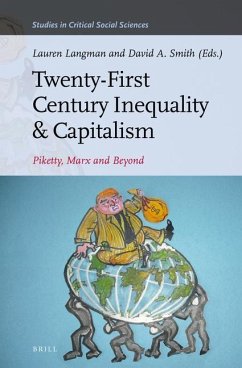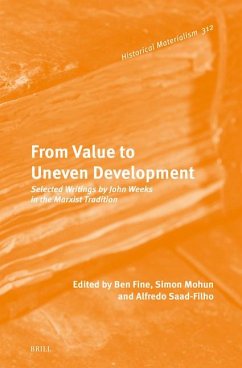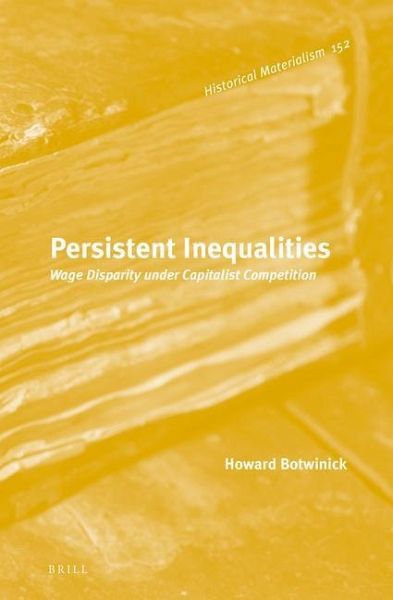
Persistent Inequalities
Wage Disparity Under Capitalist Competition
Versandkostenfrei!
Versandfertig in über 4 Wochen
154,99 €
inkl. MwSt.
Weitere Ausgaben:

PAYBACK Punkte
77 °P sammeln!
In contrast to orthodox theory, Howard Botwinick uses a classical Marxist analysis of real capitalist competition to show that substantial patterns of wage disparity among similar workers can persist despite high levels of competition in both capital and labor markets.




